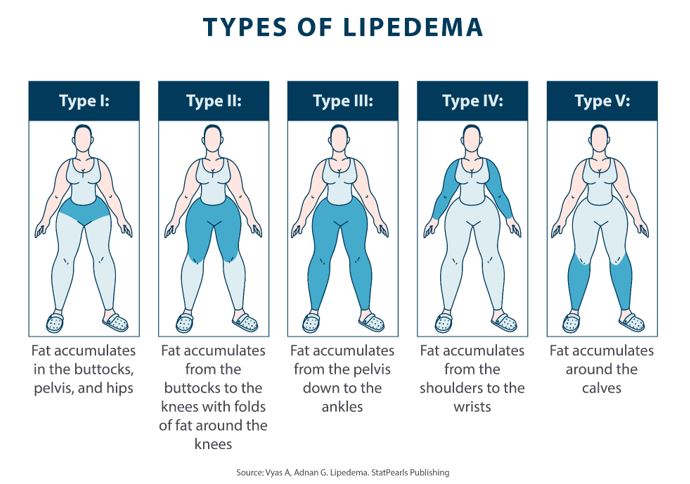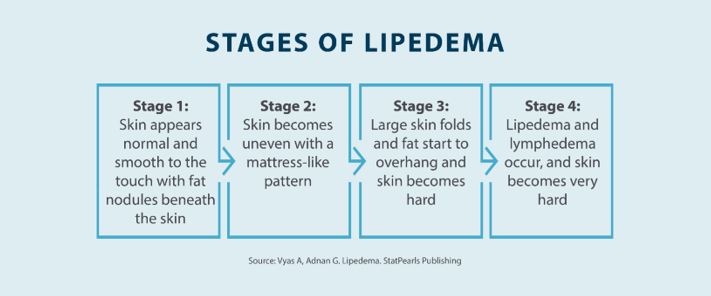Treatment for Fibrosis
Living with lipedema can make life challenging, so it’s important to look for treatment options that help improve your quality of life and reduce your symptoms. Fortunately, there are lipedema treatment options that are specifically designed to treat lipedema fibrosis, so you can get the relief you need. Below, we’ll talk about some of the most common lipedema fibrosis treatment options.
Compression
Compression garments and devices are one of the most-used treatment options when it comes to reducing swelling and the symptoms that come with it. Your doctor may recommend that you wear compression garments such as stockings, but there are also pneumatic compression devices that can offer relief. The Tactile Medical Flexitouch Plus system can help you get targeted relief for swelling, whether it occurs in the legs or arms.
Keep in mind that there are some things you should know before you use compression therapy to treat lipedema fibrosis. Before you purchase compression garments or a pneumatic compression device, you should talk to your doctor or specialist.
Complete Decongestive Therapy
Complete decongestive therapy, or CDT, is a treatment plan that combines various forms of decongestive therapy to reduce swelling. CDT varies from patient to patient, with specialists creating individualized treatment plans depending on the stage of your condition. However, CDT follows two phases.
Phase I is the active phase, where patients work directly with their lipedema specialists to receive scheduled treatment, including lymphatic drainage, skin care, compression bandaging, and exercise. Phase II is the maintenance phase, where patients take what they learned in phase I to apply themselves at home. Phase II can last several years or be a lifelong commitment and involves patients performing manual lymphatic drainage manually or with a pneumatic compression device, using compression, taking care of their skin, and exercising regularly.
Manual Lymphatic Drainage
Manual lymphatic drainage can help patients living with lipedema fibrosis. Manual lymphatic drainage is a massage technique that gently guides lymph fluid away from damaged nodes and vessels and through the lymphatic system. The goal is to prevent lymph from building up in affected parts of the body, which can cause damage to the lymphatic system in addition to swelling.
One of the main benefits of manual lymphatic drainage is that it can be performed at home. Your specialist can show you how to perform a manual lymphatic drainage massage depending on the affected area, and you can spend a few minutes each day doing your own massages at home. You can also work with your health care provider to order a pneumatic compression device, like the Flexitouch Plus system, which mimics MLD with an automated device.

